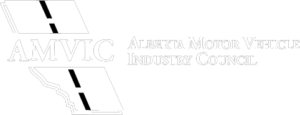Overlanding Recovery Gear Installation in Edmonton
Everything you need to know about preparing your rig to recover, survive, and keep moving—wherever your journey takes you.
Why Recovery Gear is Essential for Overlanding
When you’re venturing off the beaten path—beyond cell service, pavement, and convenience—your overland recovery gear becomes more than just equipment. It becomes your safety net. Alberta’s diverse terrain includes slick riverbanks, deep snowpack, loose sand, and rocky forest roads. Even the most capable 4×4 rigs can end up bogged down, high-centered, or stranded. With the right gear onboard, and a little know-how, you can recover yourself quickly and safely, often without calling for help or turning back.
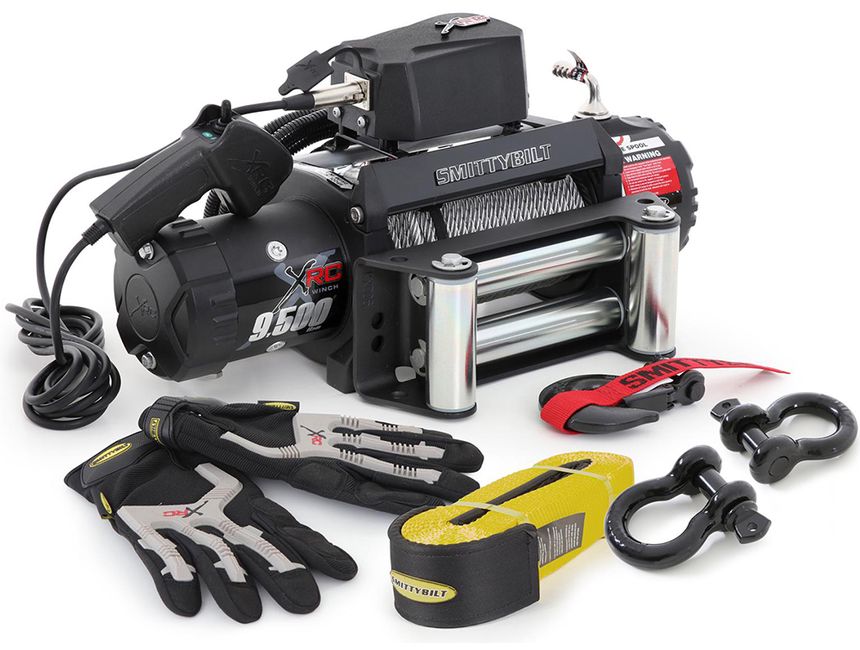
What to Include in Your Overlanding Recovery Setup
Winches: Pull Power When You Need It Most
Every serious overland rig should consider a front-mounted winch. These powerful devices use electric motors to pull your vehicle out of situations where traction alone won’t cut it. Modern winches with synthetic rope are safer and lighter than traditional steel cable, and remote-control operation allows safer distance use. Choose a line pull that exceeds your loaded vehicle’s weight, and ensure proper mounting for durability.
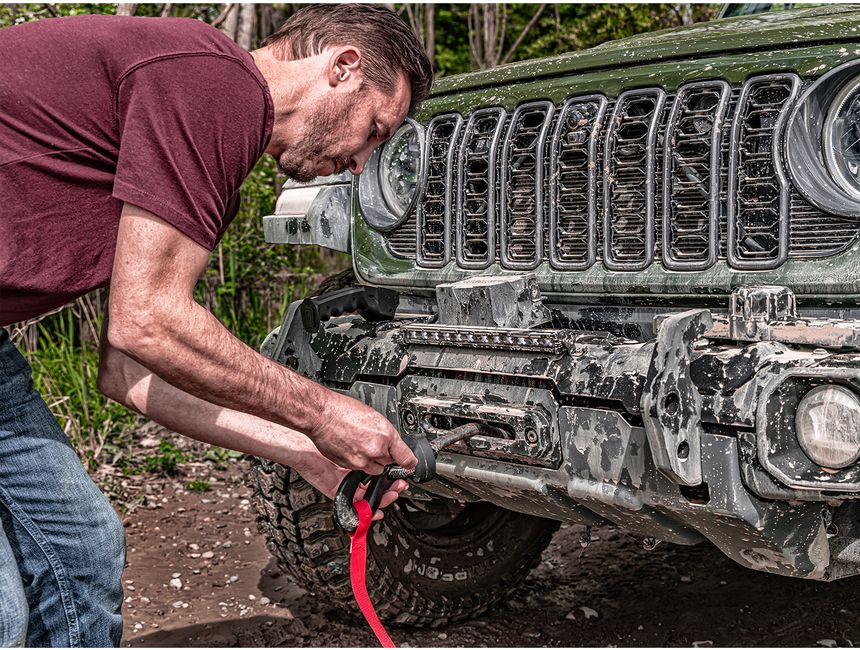
Traction Boards: Your Lightweight Escape Plan
Traction boards are essential when stuck in sand, snow, or soft ground. Just wedge them under your tires and drive out without damaging your drivetrain. They’re lightweight, easy to store, and often double as leveling blocks or digging tools. Mounting them to a rack or panel keeps them within reach when time matters.
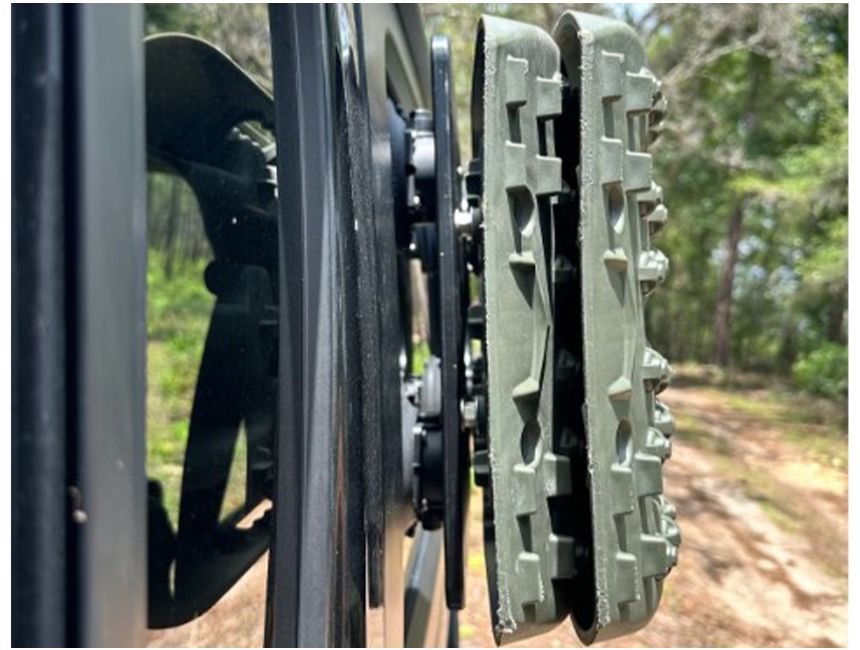
Kinetic Recovery Ropes: Flex and Snap Recovery
Kinetic recovery ropes are designed to stretch under tension and snap back with stored energy—helping pull stuck vehicles with less shock and strain than static tow straps. Pair with rated soft shackles or D-rings, and always inspect components for safety before use.
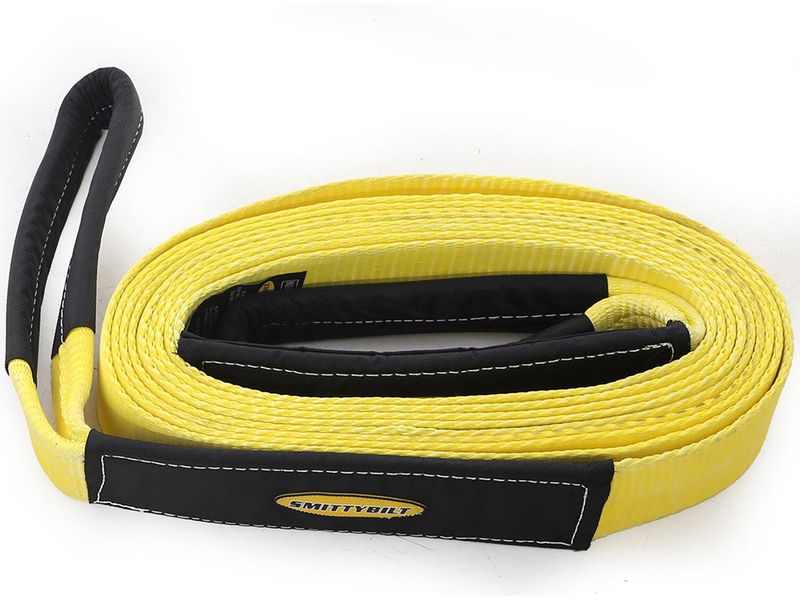
Onboard Air Compressors: Control Your Tire Pressure
Airing down your tires improves traction on loose terrain, but you’ll need to air them back up for pavement. Onboard compressors are a huge convenience—compact, high-output models can inflate tires quickly and power air tools or lockers. They also help reseat tires and clean off mud or gear.
Don’t Forget the Basics: Shovels, Gloves, and Lights
Sometimes the simplest tools save the day. A quality shovel can clear stuck axles or build a traction ramp. Durable gloves protect your hands from cables and gear, and proper lighting ensures visibility in night recoveries. Keep a small essentials kit accessible—you’ll use it more than you think.
Planning Your Overland Recovery System
Choosing gear is only half the battle. The other half is making sure it’s properly mounted, safely stored, and immediately accessible. Many overlanders spend hours perfecting their layout—installing gear mounts, integrating switches, or wiring accessories to secondary batteries. Every trip offers a chance to reassess what worked and what didn’t. Make it part of your prep routine: test your gear, practice safe recovery techniques, and update your setup as needed.
Need Help Building Your Recovery Setup?
If you’re unsure what gear fits your vehicle, how to mount it safely, or where to start—reach out to an expert. We’re here to help you hit the trail prepared.

